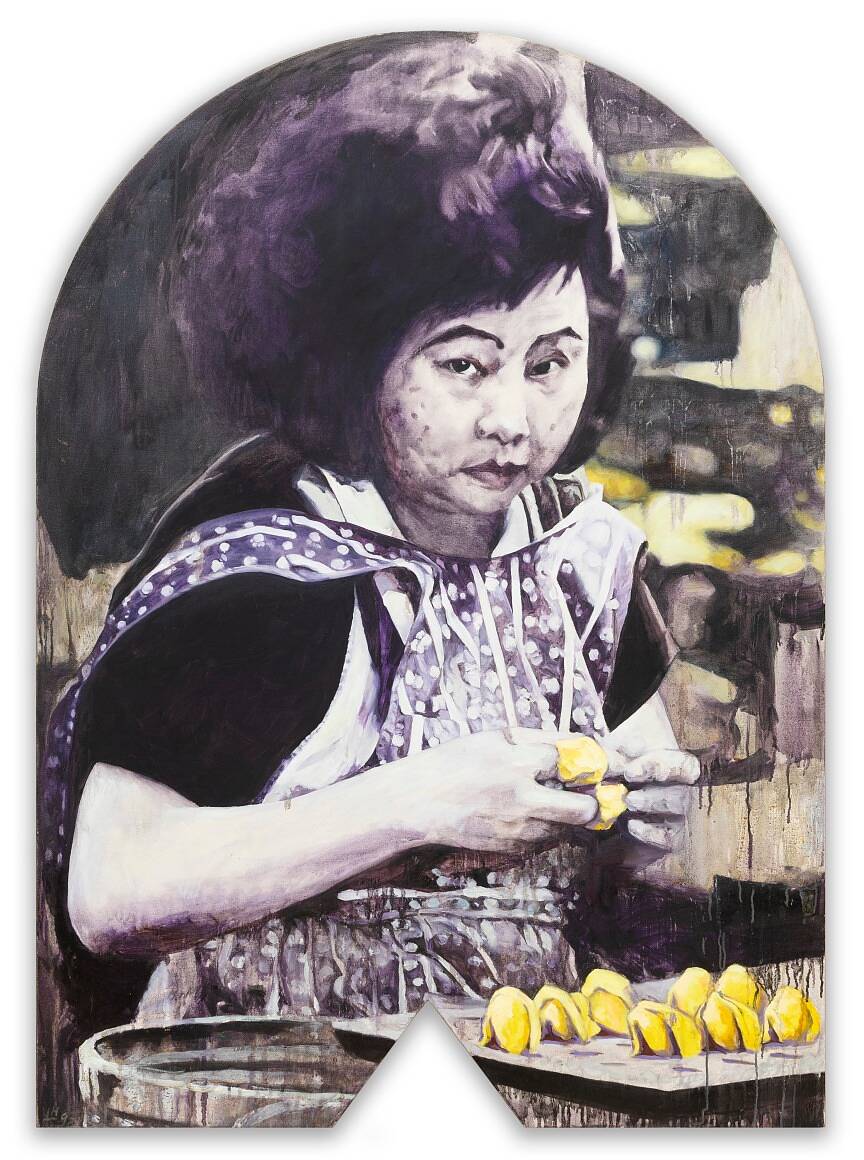
Godzilla: Echoes of the 1990s Asian American Arts Network
Opening reception: Wednesday, January 17, 6–8pm
Eric Firestone Gallery is pleased to announce a major exhibition exploring the history of Godzilla Asian American Arts Network, which was active in the 1990s. The exhibition will showcase the work of individual artists involved with the network at the time. Spanning two gallery spaces, the show includes established artists and also amplifies the voices of artists who have not been centered in the canon, and who made their careers showing in alternative spaces.
Godzilla founders—artists Bing Lee and Ken Chu, along with art historian Margo Machida—wanted to negotiate the visibility and representation of Asian Americans and Pacific Islanders in the art world. Godzilla functioned as a support structure and source of collective action.
As stated in Godzilla’s 1991 mission statement: “Godzilla is a New York-based group of Asian American visual artists and art professionals whose goal is to establish a dynamic forum that will foster information exchange, mutual support, documentation and networking among our expanding numbers across the United States.”
The original Godzilla movie was made in 1954 and reflects the devastation of atomic bombs launched at Hiroshima and Nagasaki during World War II. The monster Godzilla rose from nuclear waste and its reptilian skin was intended to resemble keloid scars present on survivors of the atomic bombings. This “anarchistic lizard,” as described by art historian Alice Yang, encapsulated the group’s simultaneous irreverence and serious reckoning with exclusionary policies and lack of representation in the art world.
Godzilla sought to resist the homogenous category of “Asian American” while also creating connections between Asian Americans of different backgrounds. The group’s first collective action was a letter to Whitney director David Ross protesting the lack of Asian American representation in the museum’s 1991 biennial. Copied on the letter were several other museum professionals. Their message had an impact; they successfully established an ongoing dialogue influencing diversity in museum exhibitions and staff, and the 1993 Biennial was notably focused on identity.
As a result of Godzilla’s open membership policy and the popularity of its newsletter, the network reached over two thousand members nationwide by 1995. The newsletter was designed with punchy, eye-catching graphics, with a humorous and positive tone appealing to a wide audience. Gatherings ranged from loft parties, where food was brought and shared, to structured panels, presentations, and “slide slams.” The network’s activities culminated in several group exhibitions organized by Godzilla members and committees.
The roster of artists in the current exhibition is drawn from those who showed in historically significant Godzilla-organized exhibitions. The 1991 exhibition at “Dismantling Invisibility,” curated by Ken Chu, included work that explored AIDS invisibility within the Asian American community. The “Curio Shop,” organized by Skowmon Hastanan, appropriated the idea of a Chinatown curio shop in order to confront the mainstream exoticization of Asian Americans and display the myriad cultural differences within the monolithic label Asian American. Godzilla members continued to collaborate until their final exhibition “Why Asia?” in 2001 which included a series of banners hung on Canal Street lamp posts.
The 2024 exhibition, while centered on a network, will ultimately look at individual artists and their unique voices, as well as stylistic development since the time of their involvement with Godzilla. It honors the open structure of Godzilla, allowing various themes to emerge, refusing any single unified aesthetic.